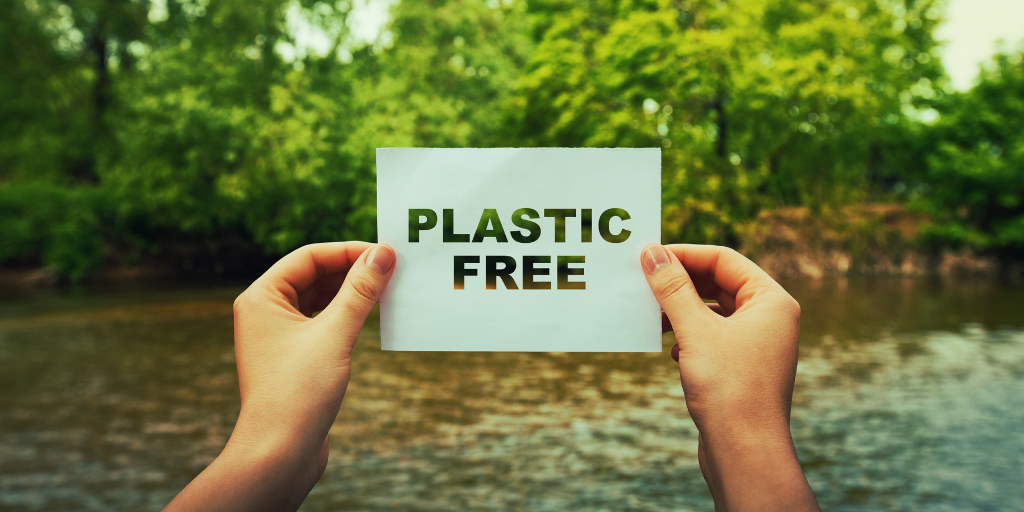What BPA is, and why you should worry.
Bisphenol-A, better known as BPA, is an additive that has been used with plastic resins to make polycarbonate (#7) plastic since the 1960s, most often in the packaging used for food and beverages. It might be better known to you because so many plastic products now claim proudly that they are “BPA-free.” The alternative is often bisphenol-S (BPS), and BPS is just as bad.
The Food and Drug Administration (FDA) banned BPA for use in infant formula and baby bottles in 2013. HOORAY! The good side won! Right?

Not so fast. Here’s what they really said: “The Food and Drug Administration (FDA or we) is amending the food additive regulations to no longer provide for the use of Bisphenol A (BPA)-based epoxy resins as coatings in packaging for infant formula because these uses have been abandoned.”
In fact, they are saying that they aren’t ruling BPA unsafe, and the only reason they are responding to a previous petition is that producers stopped using BPA in products for babies on their own. This comes from a group of people who are supposed to keep We, The People, safe.
Let’s see what else the FDA has to say about BPA:

Another “hmmm…” Why do you suppose this link goes nowhere? Interesting question.
PET, the “safe” plastic
PET plastic (polyethylene terephthalate) is the plastic most commonly used in single-use plastic water bottles. It is BPA free, but PET is also associated with many of the same health risks such as stunted growth, reproduction issues, low energy levels, body balance issues, and inability to process stress.

There is an association which runs more like a business, American Chemistry Council (ACC), that sounds totally legit on the surface, but is funded by big oil and coal. They say there is no evidence that the levels of chemicals found in PET and BPA are dangerous.
Strike 1: If you follow the money, you see that the ACC is a fundamentally flawed source for education regarding levels of safety for human consumption. The money that funds this council is reliant on sales of the same plastics they insist are safe. The primary ingredient of plastic is oil. In a direct conflict of interest, people who profit in the BILLIONS from extracting/refining/selling oil now fund research that says their product is perfectly safe. Scientists who study the human body, and how the environment affects the way the body works, say differently.

While it might be true that one single-use bottle of water won’t contain enough leached chemicals to be dangerous, consider your daily habits. If you are a person who cares about health, you drink more than one 12 oz bottle of water a day. Now you’re exposed to three to five bottles worth of toxins.
Now, add that energy bar, bag of almonds, yogurt, salad and bowl of fruit from the deli counter (pre-wrapped in plastic for your convenience), tuna or chicken in a pouch, all the plastic utensils you used to eat those prepackaged meals, and all the receipts you touched when making the purchases (covered in BPA or a substitute).
Strike 2: Almost everything you eat, eat with, and drink is packaged in, or made from PET plastic. Compound the effects, because every day we consume leached toxins from the plastic in which our world is wrapped. Our bodies do their best to expel these toxins, but they can only do so much.

Which leads us to plastic waste-- all that plastic used after it serves its single-use purpose is trash.
Strike 3: But what about recycling, you ask? Our recycling system is broken. We used to have the luxury of shipping most of our plastic trash to China, but they are sick of our garbage. Plastic contaminates easily, and whole bales that are unusable are either burned or sent to landfills. The small amount (relative to production each year) that does get recycled is actually downcycled, not recycled to make new PET plastic bottles.

That’s three strikes, PET. You’re out!
The more you know about what chemicals you unknowingly put in and on your body, the more measures you can take to change. To make a significant change, sign our petition to get PET plastic out of California. Even if you don’t live here, a ban on PET in California can mean a lot for the rest of the world.
Other ways you can limit contact with plastic toxins are to bring your food from home, packed in a glass or aluminum container, or wrapped in a reusable beeswax wrap. Don’t take leftovers if they are packed in styrofoam. Never drink from plastic water bottles. Bring an aluminum or glass refillable bottle from home. If you’re out and you HAVE to buy water at the store, look for a plastic alternative such as glass, or PATHWATER, which comes in a reusable aluminum bottle.
Resources
https://www.ncbi.nlm.nih.gov/pmc/articles/PMC2854718/
https://www.abc.net.au/science/articles/2009/04/29/2555698.htm
https://www.cell.com/current-biology/fulltext/S0960-9822(18)30861-3
https://uspirg.org/blogs/blog/usp/fda’s-bpa-ban-small-late-step-right-direction
https://www.nationalgeographic.com/science/2018/09/news-BPA-free-plastic-safety-chemicals-health/
https://www.medpagetoday.com/Washington-Watch/FDAGeneral/40397
https://s3.amazonaws.com/public-inspection.federalregister.gov/2013-16684.pdf








